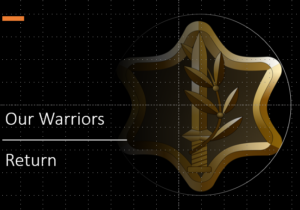Abstract
Paper for presentation at ISA – South Regional Conference, October 25 – 27 2007: David Leitner.Followership.ISA South. Post Conference Rewrite
This work furthers our understanding of alliance formation and intra-alliance dynamics while establishing a new means of examining alliance follower – leader relations. It proposes the use of state responses to non-state actor non-conventional weapons proliferation components as the case study to examine alliance formation and intra-alliance dynamics. In doing so it expands the neo-realist perspective of alliance literature to include non-state actors in the traditional balancing/bandwagoning dichotomy.
We begin by looking at alliances as one of the settings in which follower – leader relations occur. Alliances are defined and leadership in alliance literature is examined. We then define “followership” in relation to leadership. A model for the examination of “followership” is presented based upon three aspects of international studies…threat perception, mutual goals and action. Five “followership” typologies are borrowed from organizational psychology. Three more are then added expanding the total possible typologies to eight. This furthers the research concept proposed by Richard Stubbs[i] and creates a new model for the examination of follower – leader relations.
The case study proposed here uses four components of non-state actor non-conventional weapons proliferation as the perceived threat to determine if an alliance relationship develops. An analysis of state responses to each component can determine what, if any, type of “followership” best describes the state’s interactions. No field work is presented as this concept is still in the theoretical stage of development.
[i] Richard Stubbs, “Reluctant Leader, Expectant Followers: Japan and Southeast Asia” International Journal, 46, no.4 (Autumn 1991), 649 – 667 and “From Hegemony to Competitive Leadership: The Case of South East Asia,” (Paper delivered to the International Studies Association, Vancouver, BC, Canada, 20-23 March 1991) As noted by Andrew Fenton Cooper; Richard A. Higgott; Kim Richard Nossal, “Bound to Follow? Leadership and Followership in the Gulf Conflict,” Political Science Quarterly, 106, no. 3. (Autumn, 1991), 391-410.



